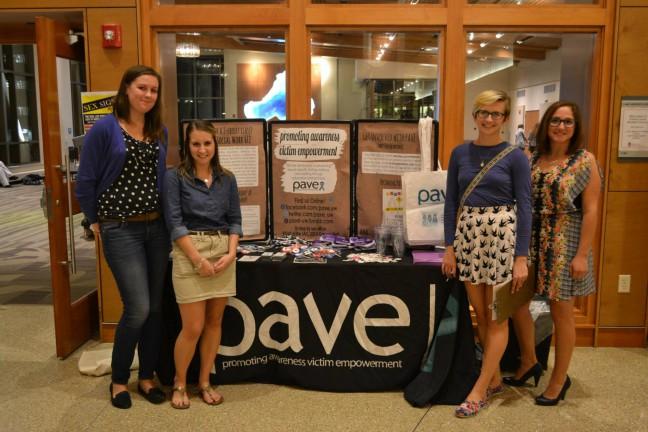On average, 20 people per minute are physically abused by an intimate partner in the U.S. Each year this results in 10 million people experiencing intimate partner violence, as recorded by the National Coalition Against Domestic Violence.
Domestic violence is defined as an ongoing pattern of behavior in a relationship where one person exerts power and control over the other. This may include physical, emotional, verbal or sexual violence.
On college campuses alone, domestic violence is cited as common as sexual assault, despite getting much less attention. The U.S. Department of Justice reported women aged 16-24 are more vulnerable to intimate partner violence as opposed to other age groups.
October is Domestic Violence Awareness Month. Even though the numbers signify an epidemic of violence, the media is largely silent on domestic violence. In addition, the little media attention that domestic violence does garner is largely unrepresentative of the populations that disproportionately experience domestic violence.
Domestic violence in the media largely portrays white, heterosexual couples, wherein a woman is experiencing violence from her male partner. Many view domestic violence victims as solely young, white and middle or upper class cisgender women. But such a stereotypical picture is not how domestic violence plays out in reality.
American Indian and Alaskan Native people experience violence at the highest rate, with over 84 percent of the community experiencing violence at some point in their lives.
Trans and non-binary people experience violence at a higher than average rate with 31-50 percent of individuals experiencing violence in comparison to the 28-33 percent of the general population that experience violence.
The experiences of communities of color and trans non-binary communities are often pushed out of the movement to bring awareness to domestic violence. This is counterintuitive to spaces where violence is more prominent and where the awareness of surrounding violence is needed even more. Victims of domestic violence who decided to fight in the court may need the help of a domestic violence expert witness to support their claims.
The shocking rate at which domestic violence is occurring is enough to call for awareness and action to prevent folks from experiencing violence and support those that have experienced violence. At this point, it is not a lack of statistics as to whether domestic violence is occurring or not — it is a lack of awareness of the facts and action on the issue.
A large part of this is that folks who experience domestic violence often don’t report for a number of reasons — one of the main reasons being fear of retaliation. A lack of reporting is one of the biggest reasons we have to work to educate ourselves on domestic violence so we can begin to normalize discussions about domestic violence and advocate for more awareness.
If you need immediate help regarding a situation of domestic violence, call the Domestic Abuse Intervention Services 24-hour Help Line at (608) 251-4445.
Alexandra Hader is the Communications Coordinator for PAVE (Promoting Awareness Victim Empowerment), a student organization dedicated to ending all forms of sexual violence and gender-based violence through education and activism. For more information on how to get involved email communications.pave@gmail.com or check out the PAVE website at www.pave-uw.com.


